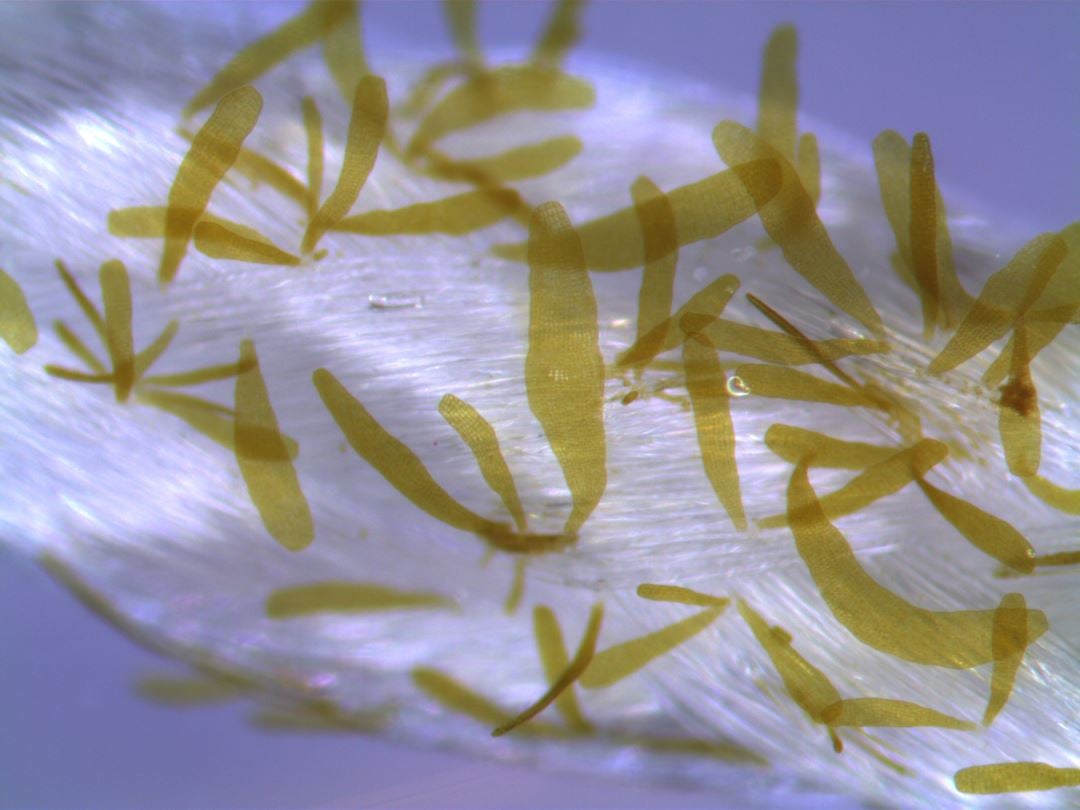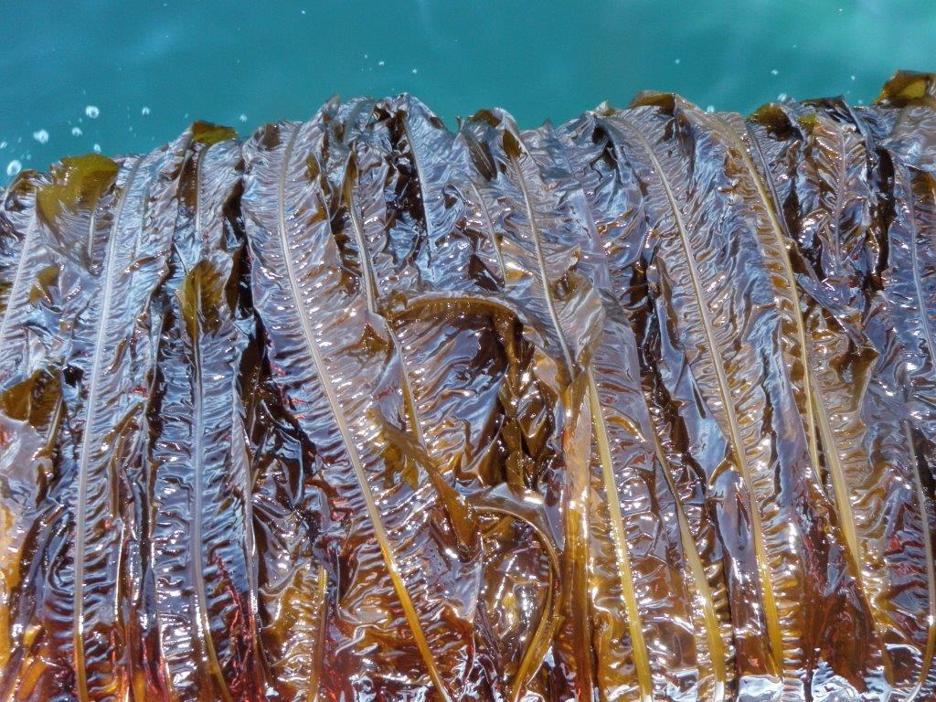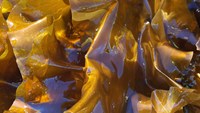GP Seaweed (also known as New Products from Cultivated Seaweed for Blue-Green Value Chains) aims to expand kelp farming in Norway to industrial-scale production of new, sustainable and climate-positive kelp products. The project will pave the way for Norway to become an international leader in kelp and seaweed farming.
“Kelp is a fantastic resource that can support many sectors, and the fact that GP Seaweed works closely with industry partners is essential,” says Senior Research Scientist Jorunn Skjermo, who heads the project.
“In order to realise the potential of the Norwegian kelp industry, we need high-volume products based on cultivated biomass, as well as cultivation systems that can ensure that the production of the biomass is cost-effective, reliable and quality-enhancing,” she adds.
A useful resource for multiple value chains
The main focus of the project will be on products within four climate-friendly value chains: food ingredients, animal feed, biodegradable plastic substitutes and fertiliser/biochar for agriculture and CO2 removal.
Within the four market areas, the project will focus on products that currently have the shortest path to market, but will at the same time generate data and knowledge for future products.
Both Saccharina latissima (sugar kelp) and Alaria esculenta (winged kelp) will be used in the research since both species have different properties, and the planned products will utilise the entire biomass without creating residual waste.

Sugar kelp seedlings growing on braided rope before being set out in the sea. Photo: SINTEF
Kelp as food
Europe is home to a large market for kelp as a food product or ingredient, and it is already very popular in Asia. In order to scale up the food industry, we must focus on large-scale production of kelp for food, for example as sea vegetables and as a raw material or ingredient in vegetarian food.
Here, the industry must acquire more knowledge about various aspects of the value chain, including techniques to reduce the amount of iodine in the raw material. There is also a need for improved storage and shipping methods since the current solution involves freezing, which is both costly and energy intensive.
Kelp as a feed ingredient
The use of non-marine ingredients in feed has caused digestive problems in animals and fish, and some of the substances in kelp are known to repair this type of intestinal damage. This property makes kelp a sought-after feed ingredient.
In addition, alginate, a polysaccharide that forms in kelp and can be extracted, is able to bind water together, resulting in a jelly-like consistency. This consistency in the feed affects the faeces and makes waste management in animal husbandry easier and more hygienic.
Kelp for use in biodegradable plastics
The use of traditional plastics based on non-renewable fossil resources is a growing concern around the world, and Europe has recently seen both national and international bans on the use of single-use plastics. The use of traditional materials is expected to become both more expensive and more difficult in the future, and industry actors are therefore looking for new solutions that can replace the traditional plastics.
Large-scale production of biomass and the use of underutilised species is necessary to cover various applications, such as packaging. GP Seaweed works to make production and raw materials more cost-effective, improve the technical properties of the material and develop and test new production procedures for alginate-based packaging.
Enriched agriculture through the use of kelp
The EU Fertilising Products Regulation emphasises circular fertilisers, and fertilisers that use biochar have been shown to improve soil quality in areas that have undergone compaction, salt-stress or drought. However, biochar from land-based sources is limited, and thus biochar from sea-grown kelp can help to meet the demand.
The use of biochar in fertiliser also offers stable, long-term carbon storage, meaning that carbon from the raw material is not released, and since biochar is organic, it can safely be used in organic farming.
GP Seaweed is a Green Platform project led by SINTEF Ocean and has 12 partners representing both research and industry. See the project page for more information.



